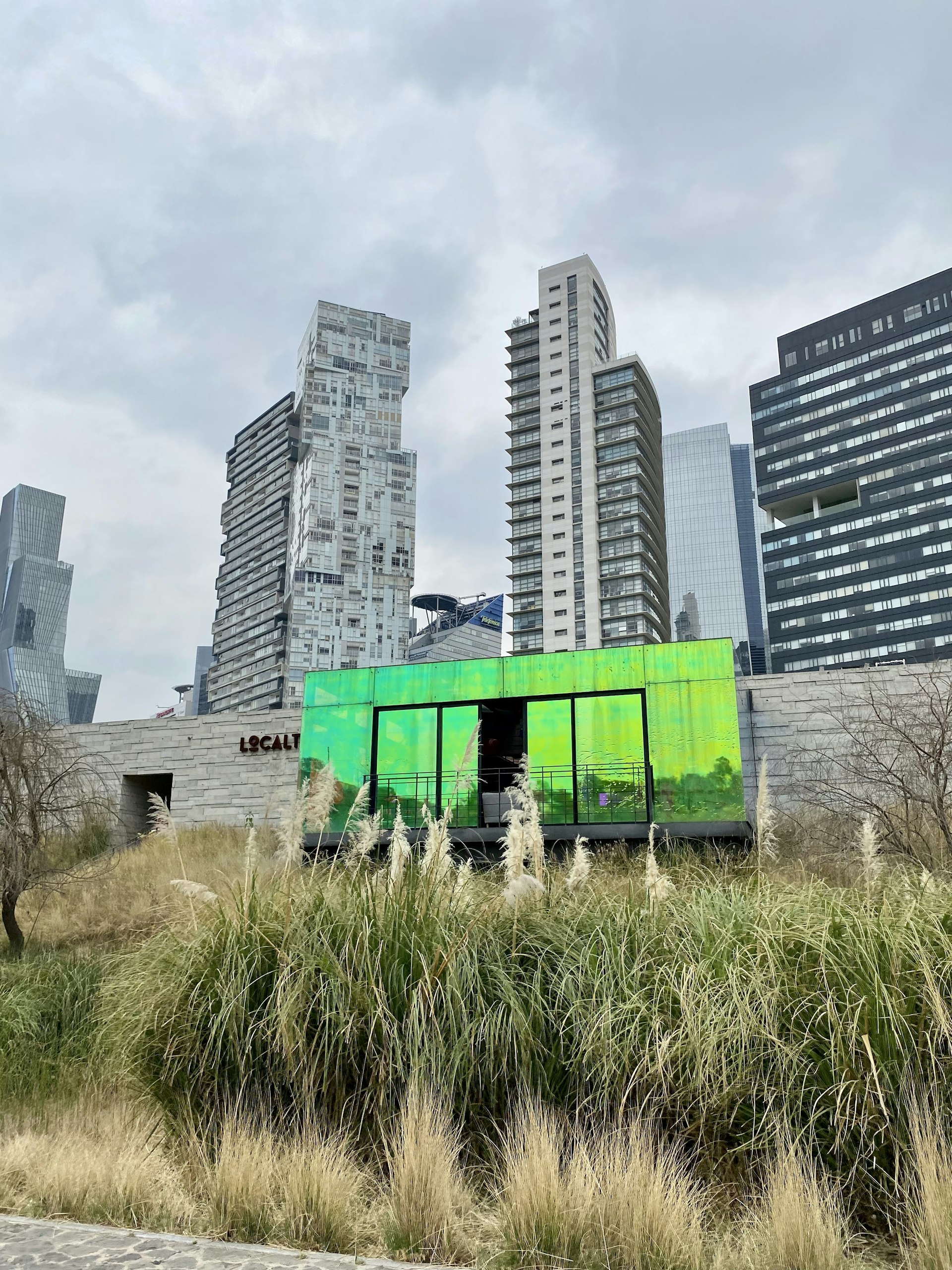Transform Your Patio: Expert Shade-Loving Plant Combinations for Small Spaces

Photo by Carlos Méndez on Unsplash
Introduction: Maximizing Small Patio Spaces with Shade-Loving Plants
Small patios often pose a challenge for gardeners, especially when limited sunlight restricts the choice of plants. However, with the right shade-loving plant combinations, you can transform even the shadiest corners into lush, lively retreats. This guide provides actionable strategies, verified plant recommendations, and step-by-step instructions to help you select, combine, and care for shade-tolerant plants that thrive in low-light environments.
Understanding Shade Conditions and Plant Selection
Before choosing plants, it is crucial to evaluate your patio’s specific light conditions. Shade-loving plants generally require less than four hours of direct sunlight per day and often prefer dappled morning or evening light. When selecting plants, always check the plant tag for:
- Hardiness zone compatibility: Use the USDA Plant Hardiness Zone Map to determine which plants suit your region.
- Water requirements: Assess your ability to maintain consistent moisture levels.
- Light exposure: Note whether your patio receives any direct sun and choose accordingly.
- Bloom needs: Some shade plants require limited sun to flower; others thrive in deep shade. [1]
Top Shade-Loving Plants for Small Patio Combinations
Below are expert-recommended shade-tolerant plants proven to perform in container gardens and small patios. Each plant is paired with actionable care tips and real-world examples.
Colorful Foliage and Texture
Coleus offers vivid leaf patterns in burgundies, greens, and yellows, making it an ideal “filler” plant for mixed containers. Pair coleus with upright plants such as cast iron plant or bromeliads for vertical interest. [1]
Caladium delivers heart-shaped leaves in reds, pinks, whites, and greens. Use it in groupings for a pop of color or as a focal point in shaded corners. [1]
Ferns -such as Japanese painted fern, maidenhair, wood, and lady ferns-brighten shadowy areas and add elegant texture. Ferns do well in containers and can be combined with flowering plants like begonia for layered interest. [2]
Flowering Shade Performers
Begonia varieties thrive in partial sun to shade and are prized for their long-lasting blooms and varied leaf patterns. Use begonias as “fillers” in mixed containers, or pair them with trailing vinca and upright coleus for vibrant window boxes. [2]
Fuchsia is well-known for its striking blooms and can be grown in hanging baskets or containers. Wax begonia and fuchsia combinations provide continuous color throughout the season. [4]
Structural and Trailing Elements
Boxwood (Buxus) lends structure and year-round color in formal patio arrangements. Shape boxwood into topiaries or use as anchor plants in mixed containers. [2]
Creeping Jenny adds visual interest with its trailing yellow-green foliage, ideal for tumbling over the edges of pots or hanging baskets. [1]
Cast Iron Plant is a “thriller” for shady spots, offering tall green leaves that thrive in deep shade and add vertical drama. [1]
Designing Effective Plant Combinations for Small Patios
The “thriller, filler, spiller” technique is a proven strategy for creating dynamic container arrangements. Select a tall, eye-catching plant (thriller), surround it with colorful or textural plants (fillers), and finish with trailing varieties (spillers) for a balanced display.
Example Combination:
- Thriller: Cast iron plant or elephant ear
- Filler: Coleus, begonias, caladium
- Spiller: Creeping Jenny, vinca
For compact patios, choose dwarf or small-scale varieties and limit containers to two or three complementary groupings. Experiment with color and texture to brighten shadowy areas. [3]
Step-by-Step Guidance for Planting and Maintenance
Follow these steps for successful shade container gardening:
- Assess light and space: Observe your patio’s light patterns and measure available space for containers.
- Select containers: Choose pots with adequate drainage and size appropriate for mature plant growth.
- Prepare soil: Use high-quality, well-drained potting mix formulated for shade plants.
- Arrange plants: Position “thriller” plants in the center or rear, surround with “fillers,” and place “spillers” at edges.
- Water and fertilize: Shade plants typically need less frequent watering than sun-lovers, but monitor moisture closely during hot spells. Use slow-release fertilizer for consistent growth.
- Monitor for pests: Inspect leaves regularly and treat any infestations promptly using methods recommended by your local extension service.
Maintenance is generally low for shade-loving plants, but some-such as ferns and caladiums-require regular watering and protection from occasional sun exposure. [1]
Overcoming Common Challenges in Shade Gardening
Shade gardening can sometimes mean slower growth or fewer blooms. Address these challenges by:
- Choosing variegated or patterned foliage to add brightness
- Grouping plants with similar water and light needs for easier care
- Rotating containers seasonally to maximize exposure to shifting light patterns
- Experimenting with occasional sun-lovers in partial shade, but monitor performance and adjust as needed [3]
Consult with your local nursery or extension service for personalized recommendations tailored to your climate and patio conditions.

Photo by Jason Leung on Unsplash
Alternative Approaches and Expanding Your Plant Palette
If standard shade plants are unavailable, consider alternatives such as:
- Annual combo kits designed for shade, available at reputable garden centers [5]
- Dwarf shrubs like boxwood or aralia for permanent structure
- Ornamental grasses suitable for low light, such as graceful grasses ‘Ogon’ acorus [5]
For more options, visit established garden retailers or consult with horticultural experts to discover the latest shade plant introductions and container gardening solutions. If you cannot verify availability, use search terms like “shade-loving container plants” and “full shade patio garden” when consulting local resources.
Accessing Further Resources and Expert Assistance
To learn more about shade-loving plant combinations and container gardening for patios:
- Visit your nearest reputable garden center for personalized advice and product availability.
- Contact your county extension office for local planting tips and troubleshooting assistance.
- Reference authoritative gardening websites such as Garden Design and Fine Gardening for inspiration and practical guidance. [2] [3]
- If seeking specific plant varieties or annual kits, use retailer search tools or inquire directly by phone or in-store.
If you are uncertain about local plant availability or container options, consider searching for “shade plant annual kits” or “full shade container plants” to find up-to-date selections from established suppliers.
References
- [1] Southern Home & Hospitality (2025). 26 Shade Loving Plants Perfect for Southern Porch Containers.
- [2] Garden Design (2025). Best Shade Plants for Pots & Shade Container Ideas.
- [3] Fine Gardening (2023). Create a Spectacular Shade Garden With Containers.
- [4] Up North Garden w/Corey (2025). YOUR Best SHADE Container Garden Ideas — PART 3.
- [5] Garden Crossings (2024). Plants for Full Shade – Thrive in Low Light.



